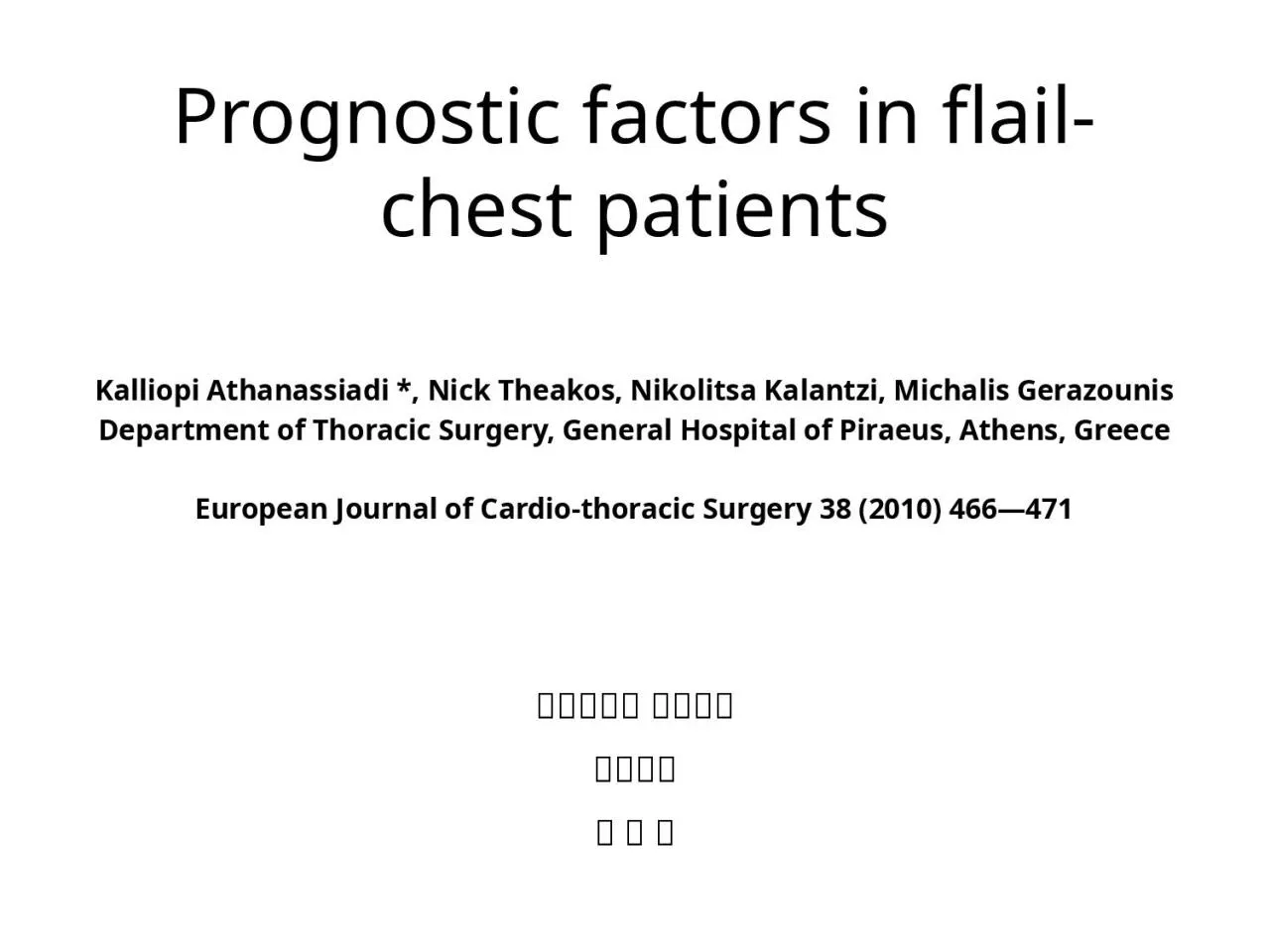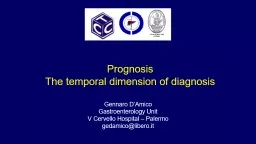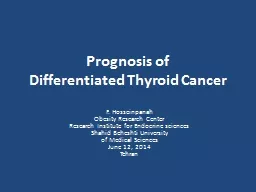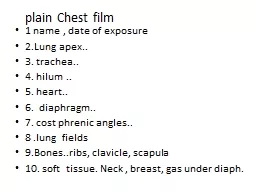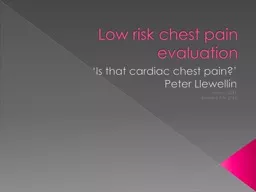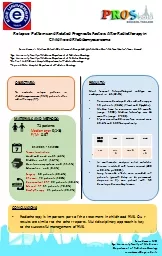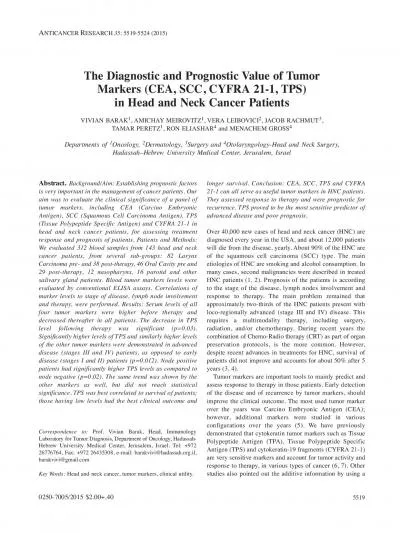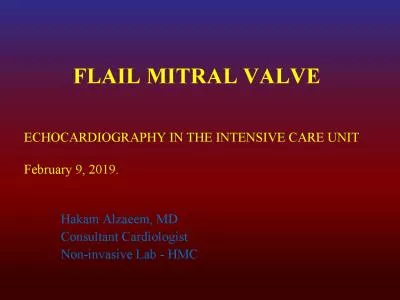PPT-Prognostic factors in flail-chest patients
Author : jones | Published Date : 2022-06-07
Kalliopi Athanassiadi Nick Theakos Nikolitsa Kalantzi Michalis Gerazounis Department of Thoracic Surgery General Hospital of Piraeus Athens Greece European
Presentation Embed Code
Download Presentation
Download Presentation The PPT/PDF document "Prognostic factors in flail-chest patien..." is the property of its rightful owner. Permission is granted to download and print the materials on this website for personal, non-commercial use only, and to display it on your personal computer provided you do not modify the materials and that you retain all copyright notices contained in the materials. By downloading content from our website, you accept the terms of this agreement.
Prognostic factors in flail-chest patients: Transcript
Download Rules Of Document
"Prognostic factors in flail-chest patients"The content belongs to its owner. You may download and print it for personal use, without modification, and keep all copyright notices. By downloading, you agree to these terms.
Related Documents

